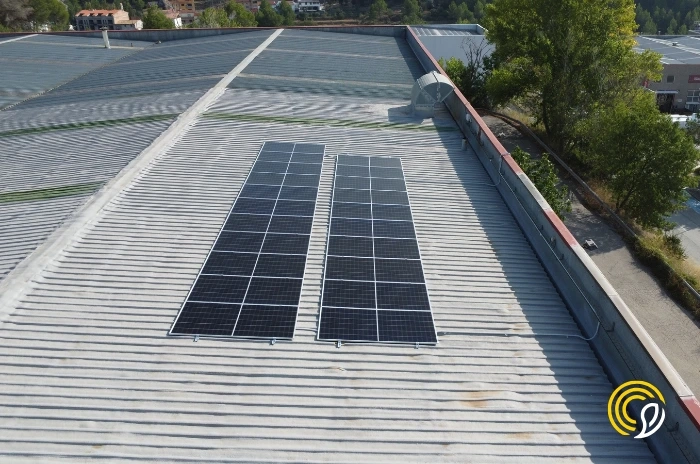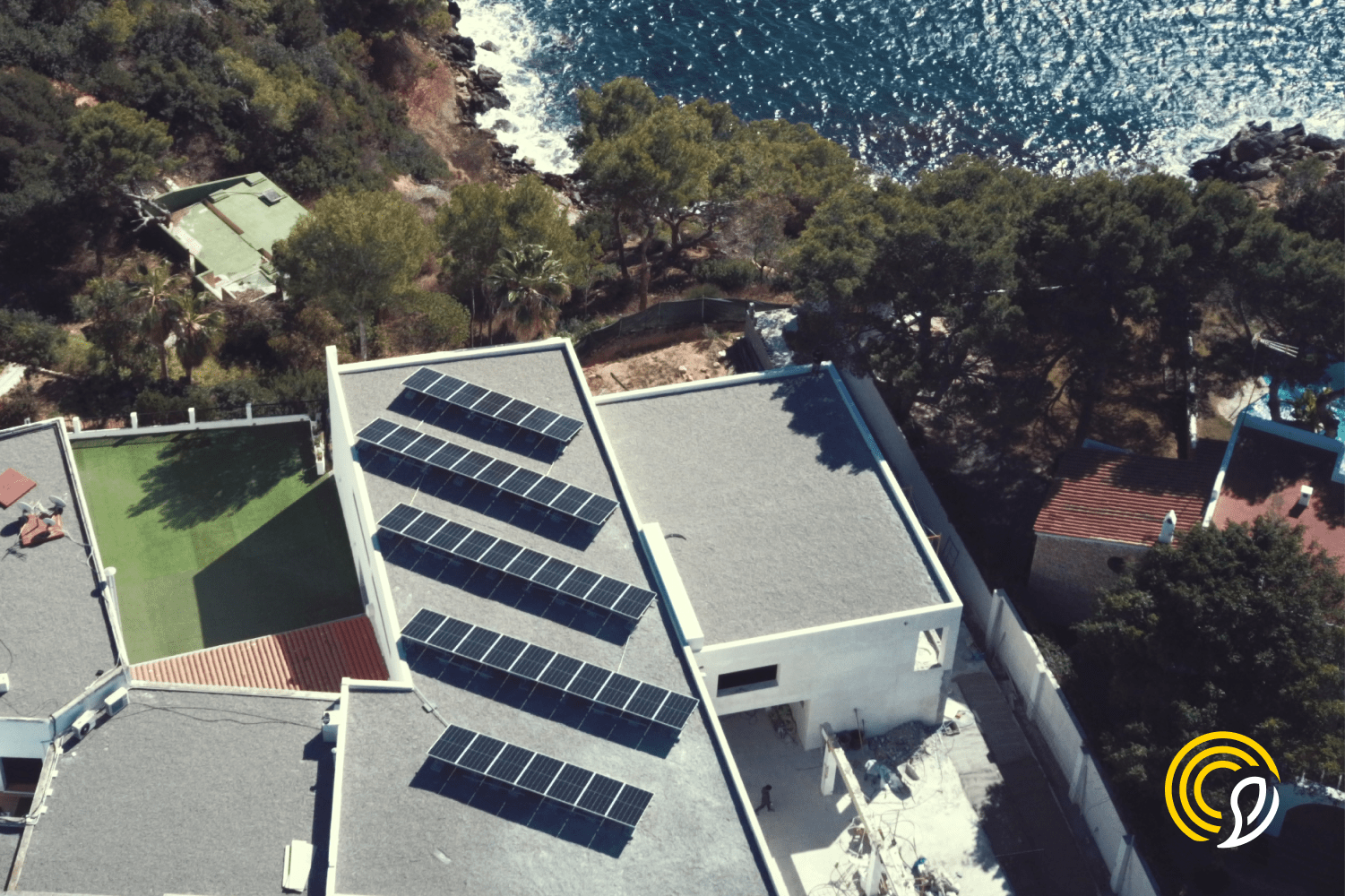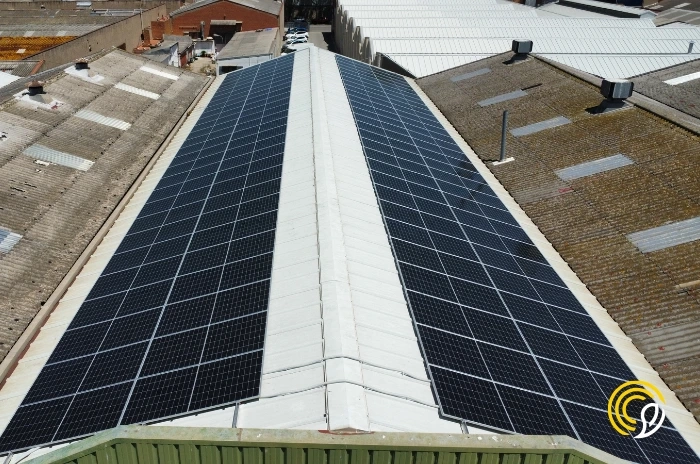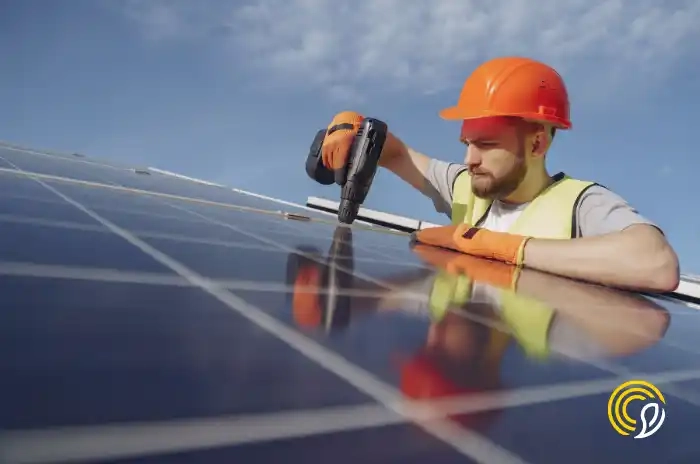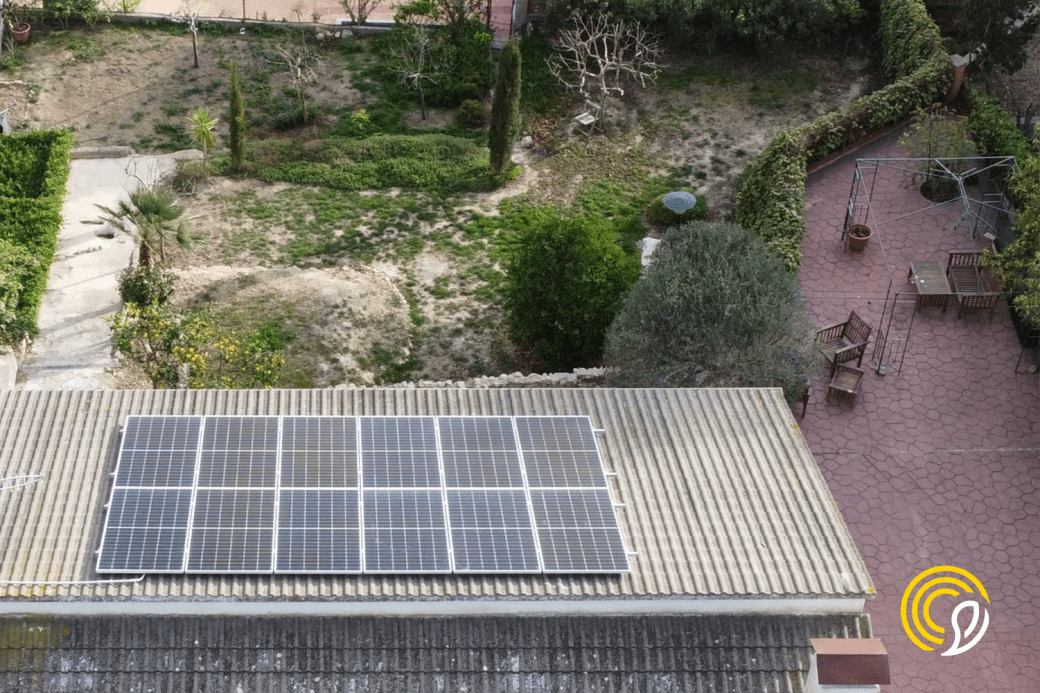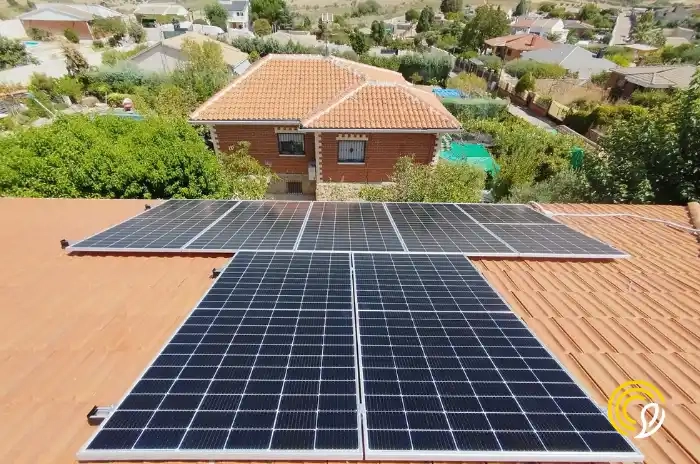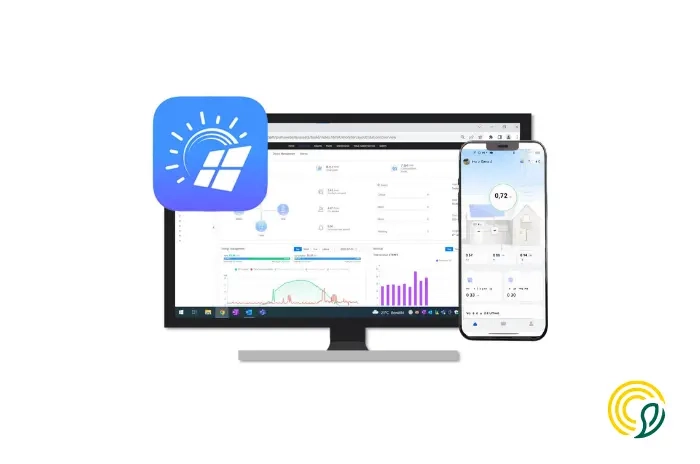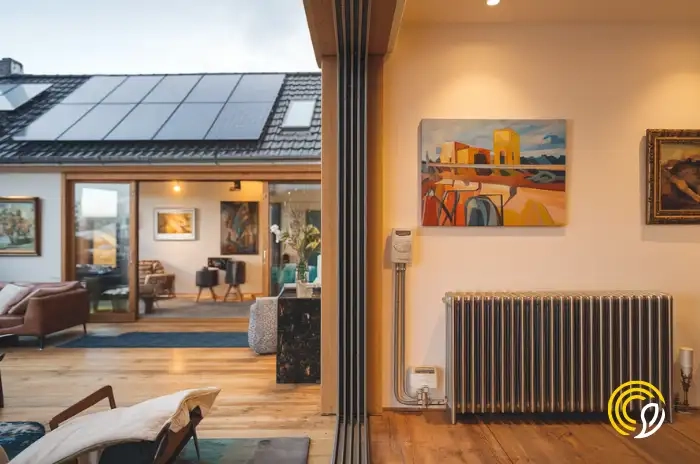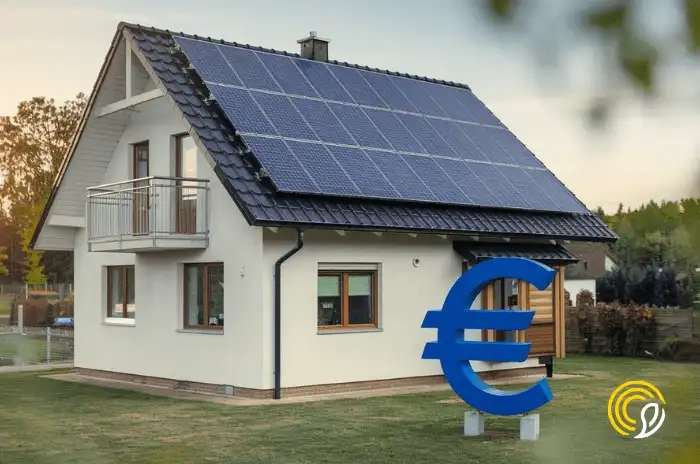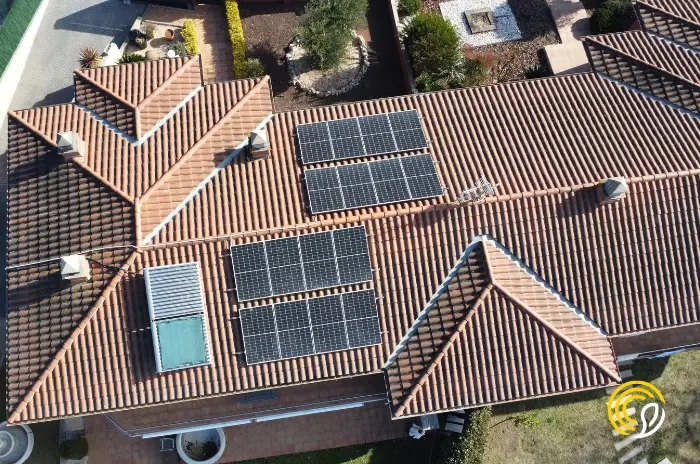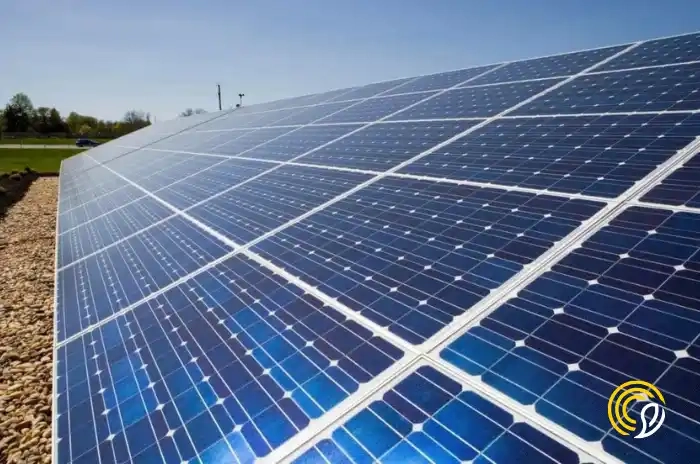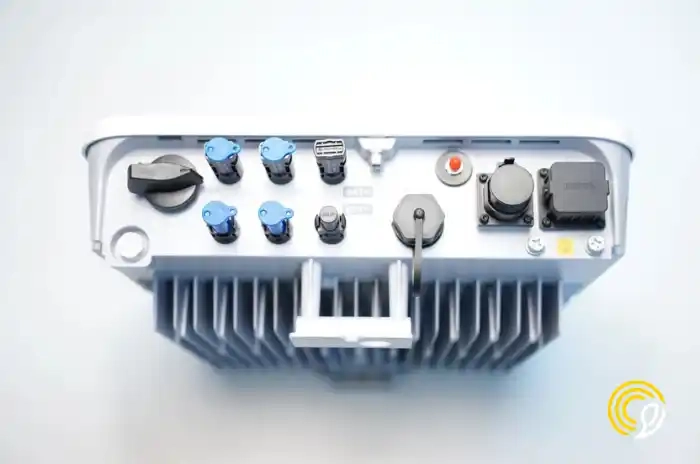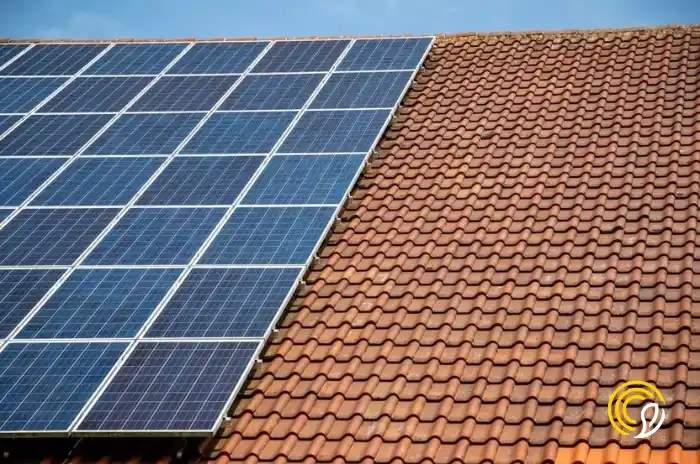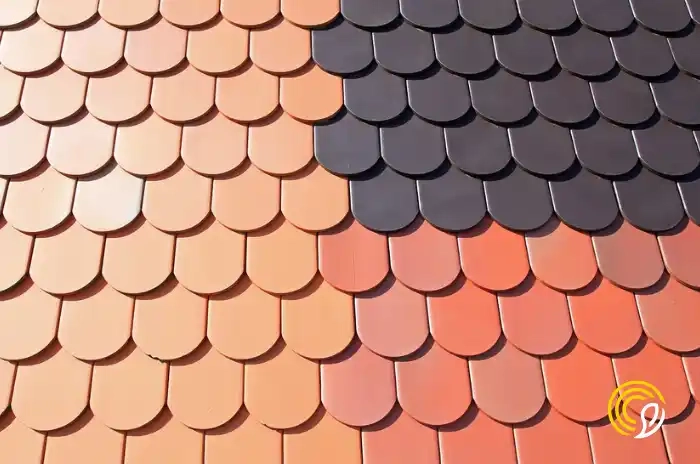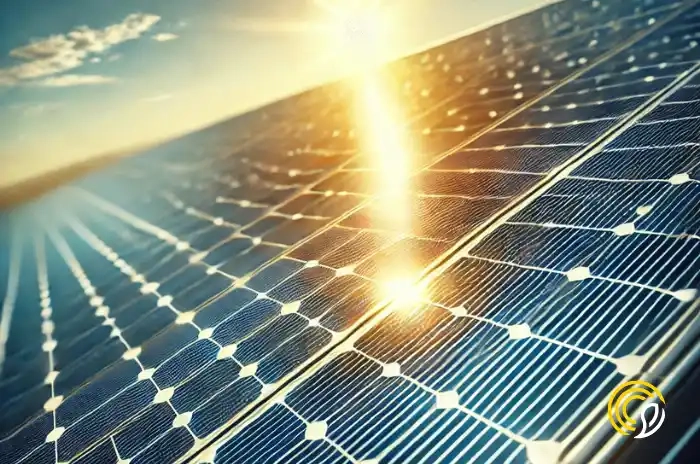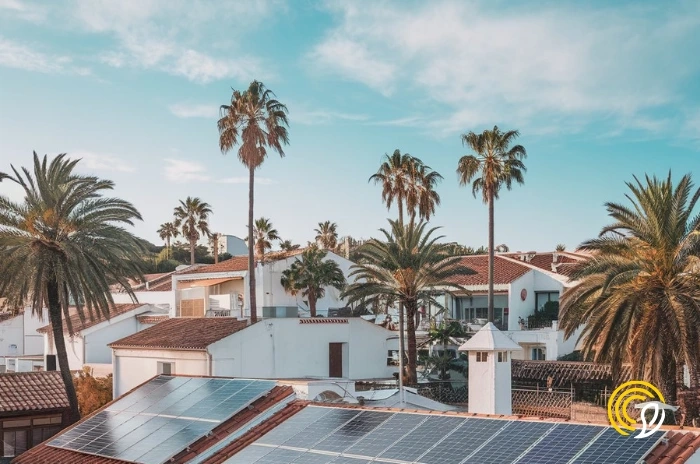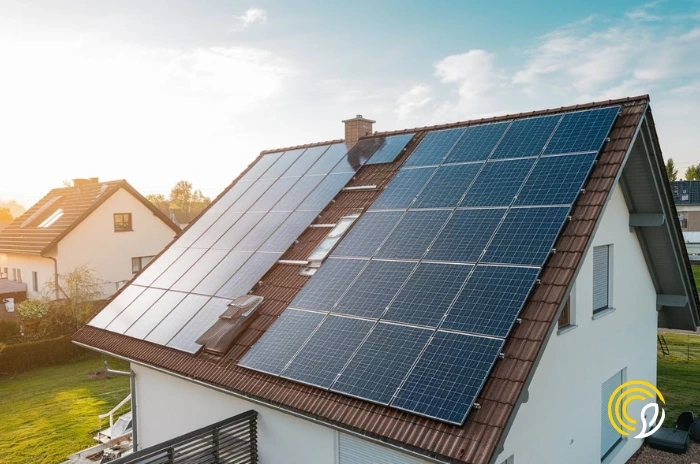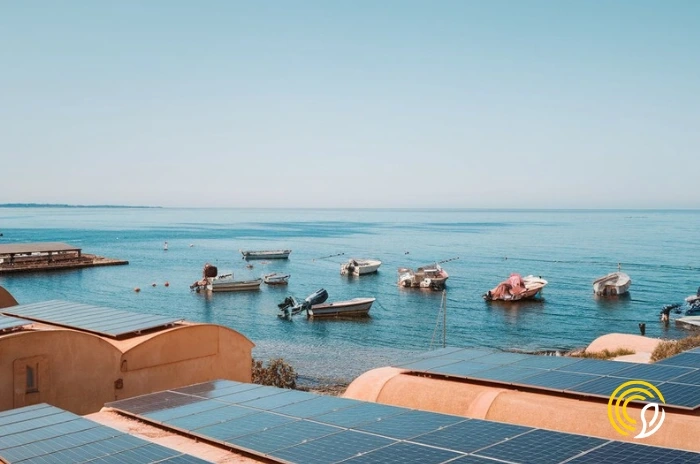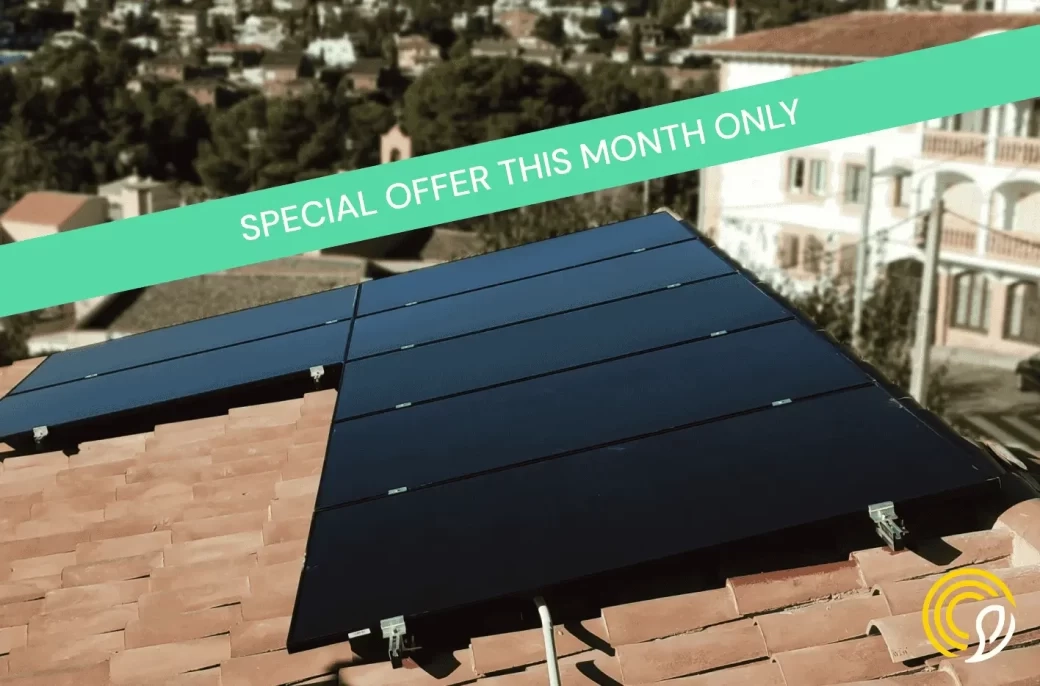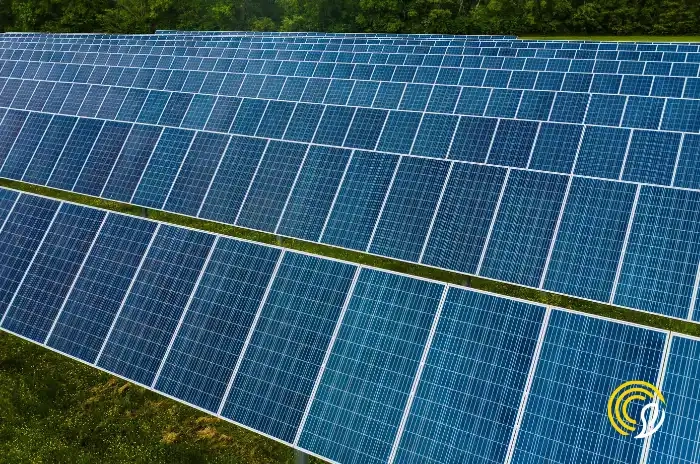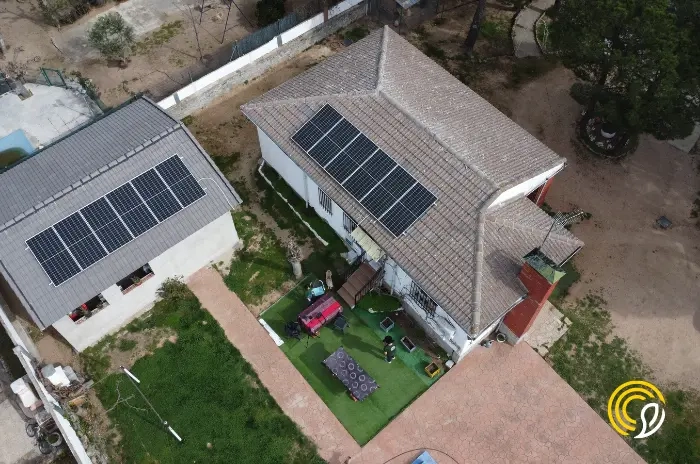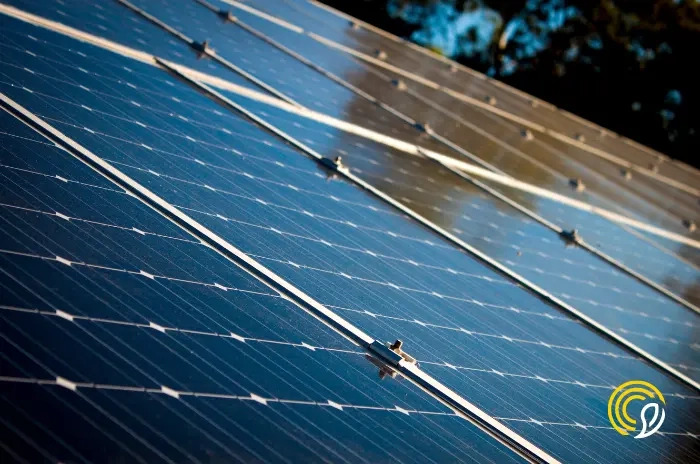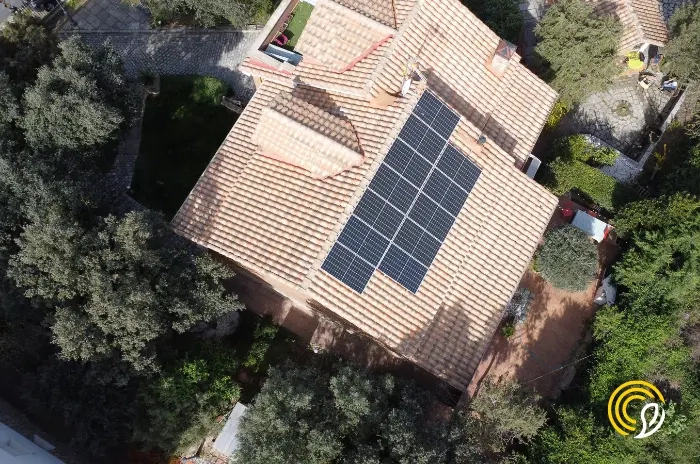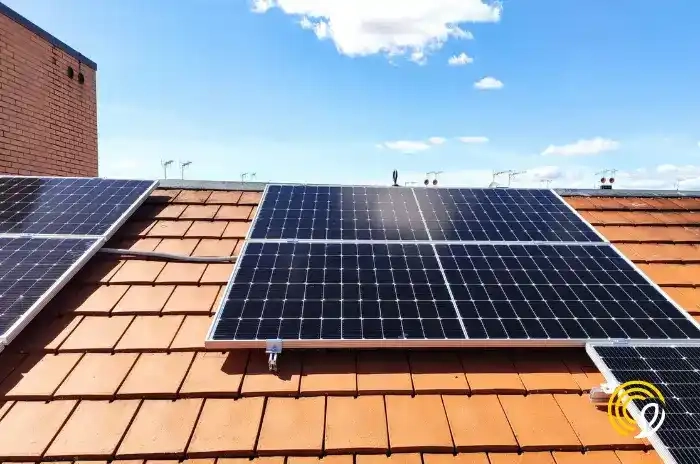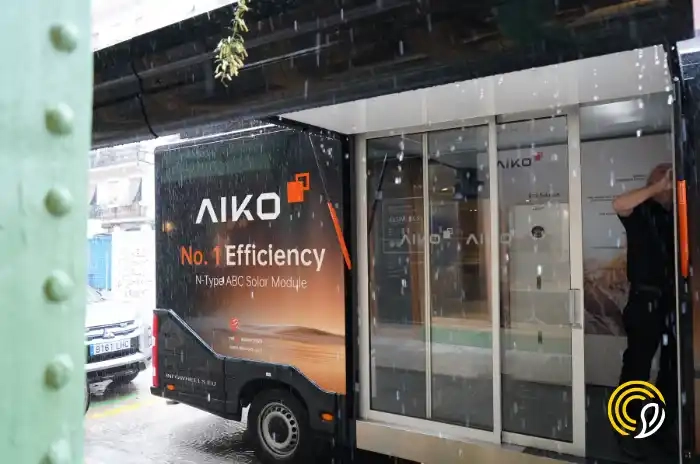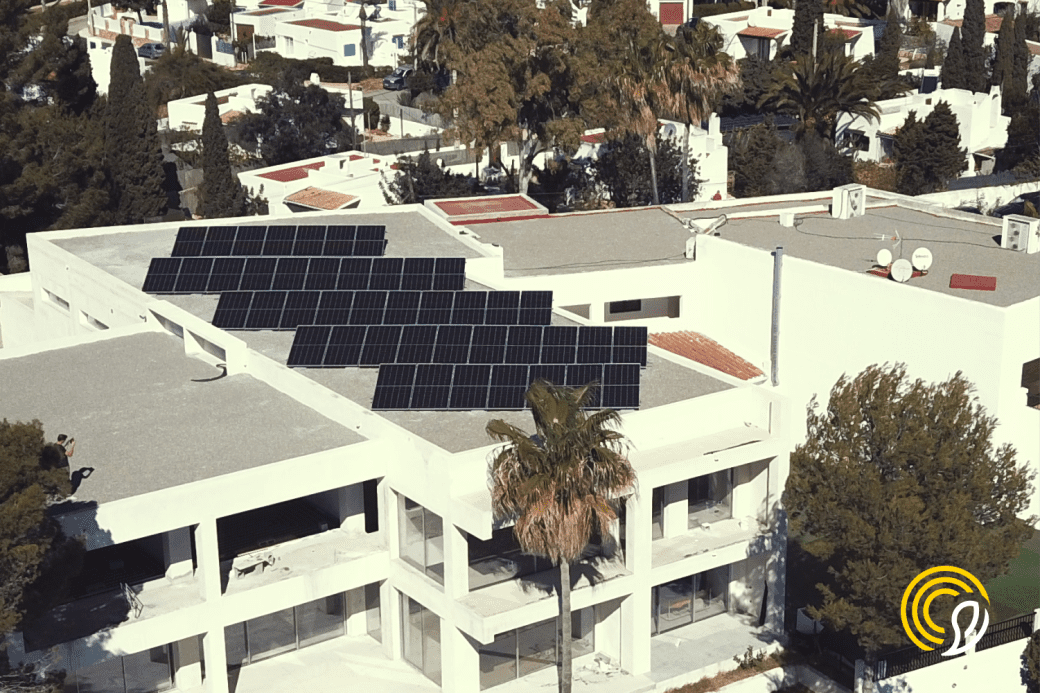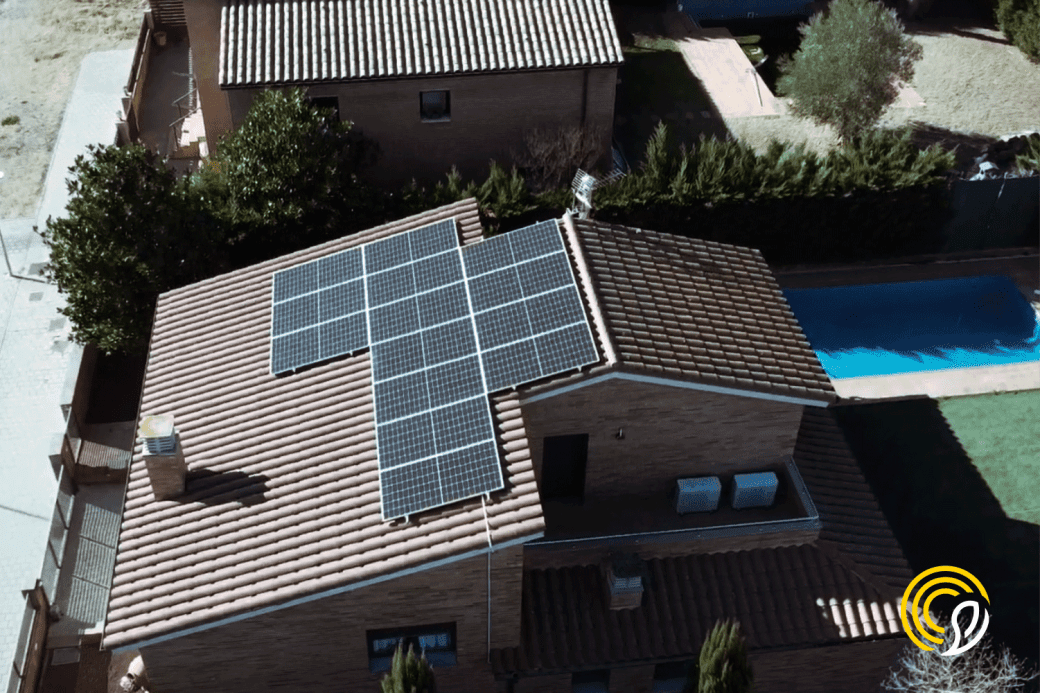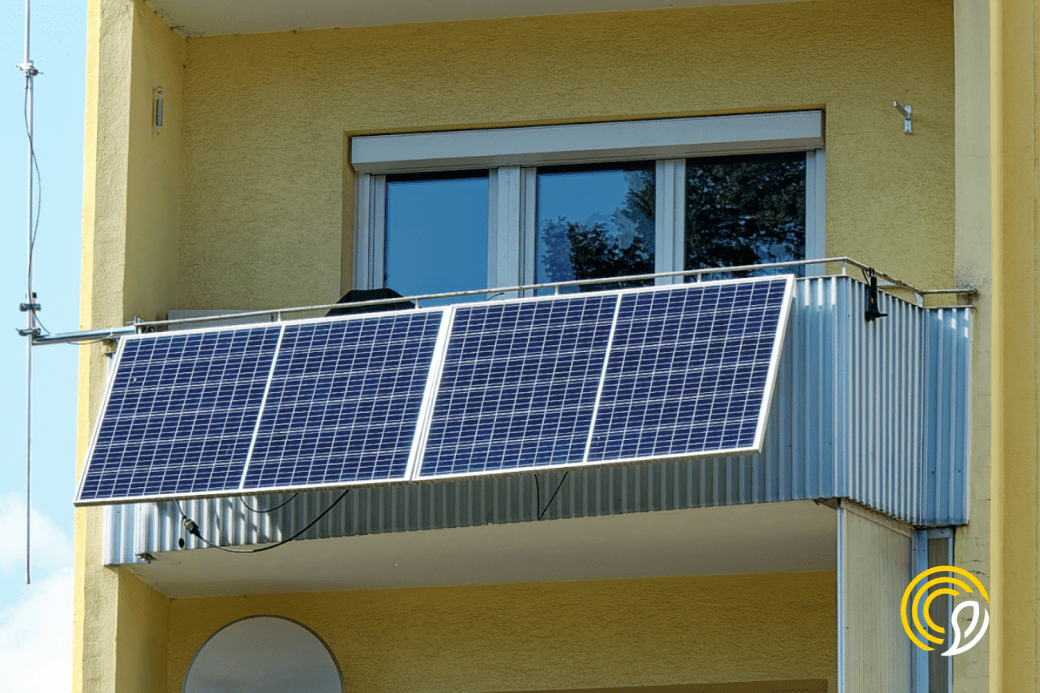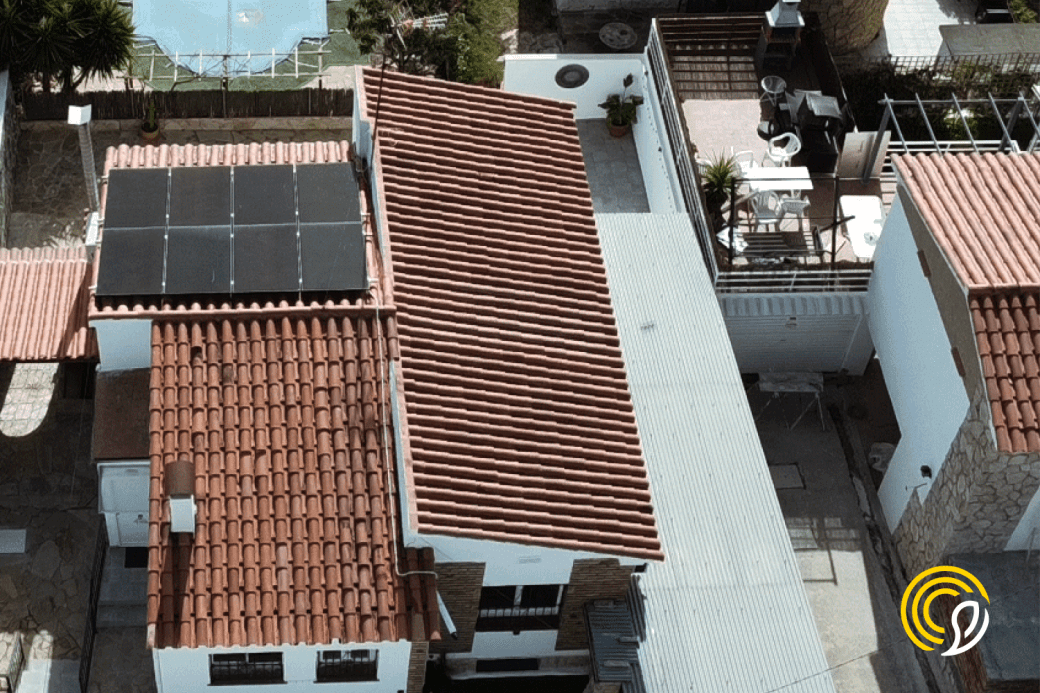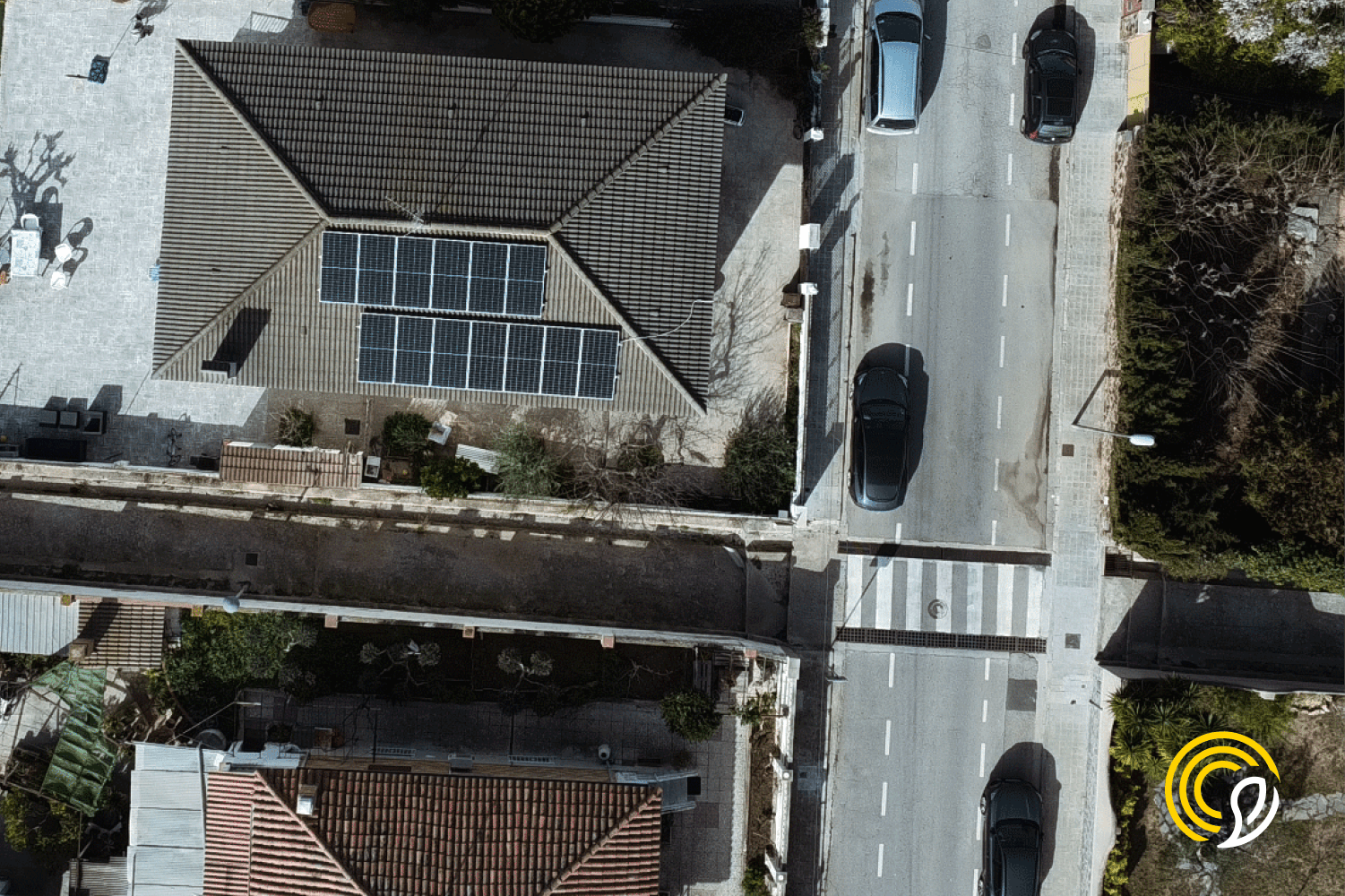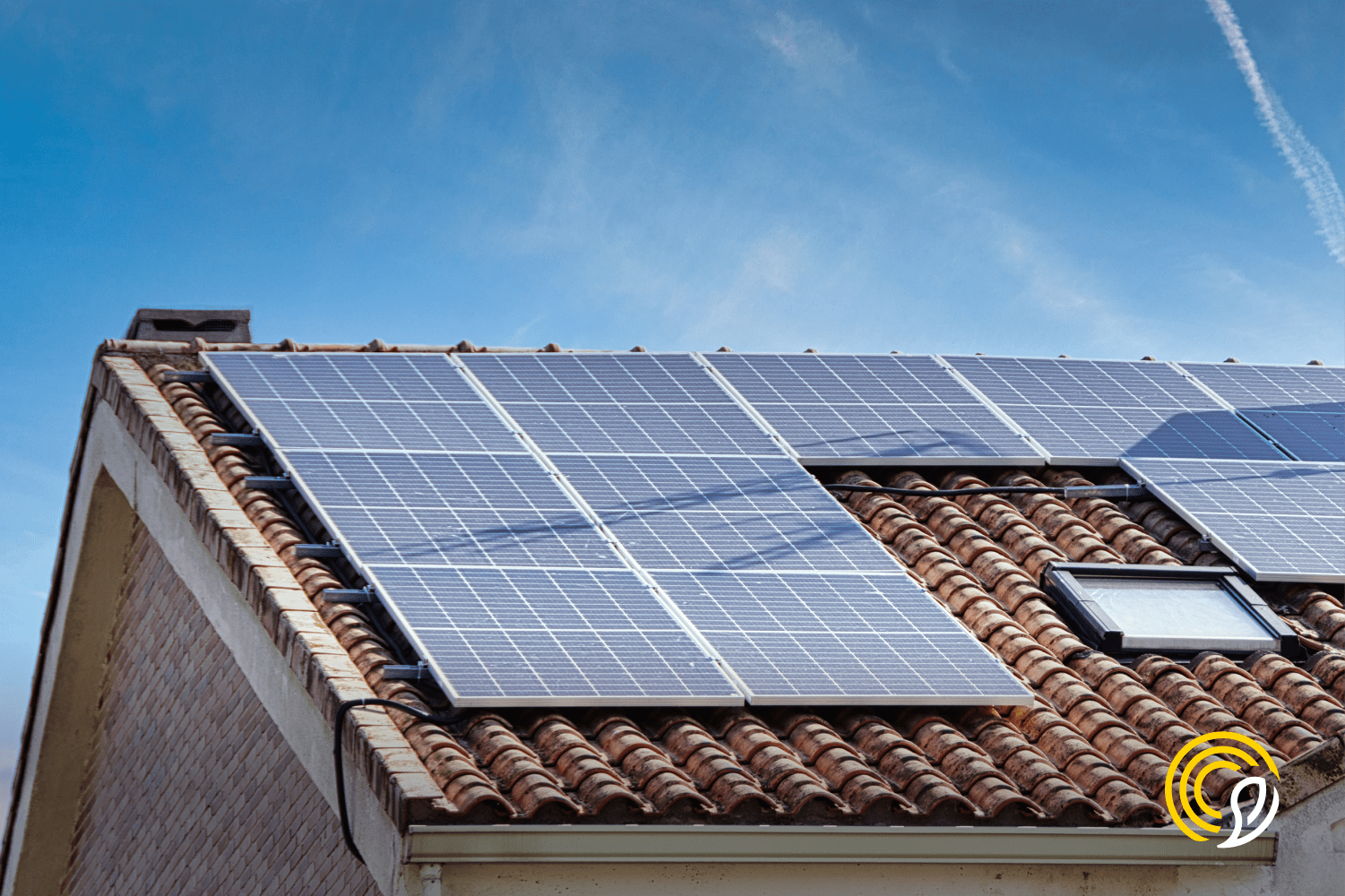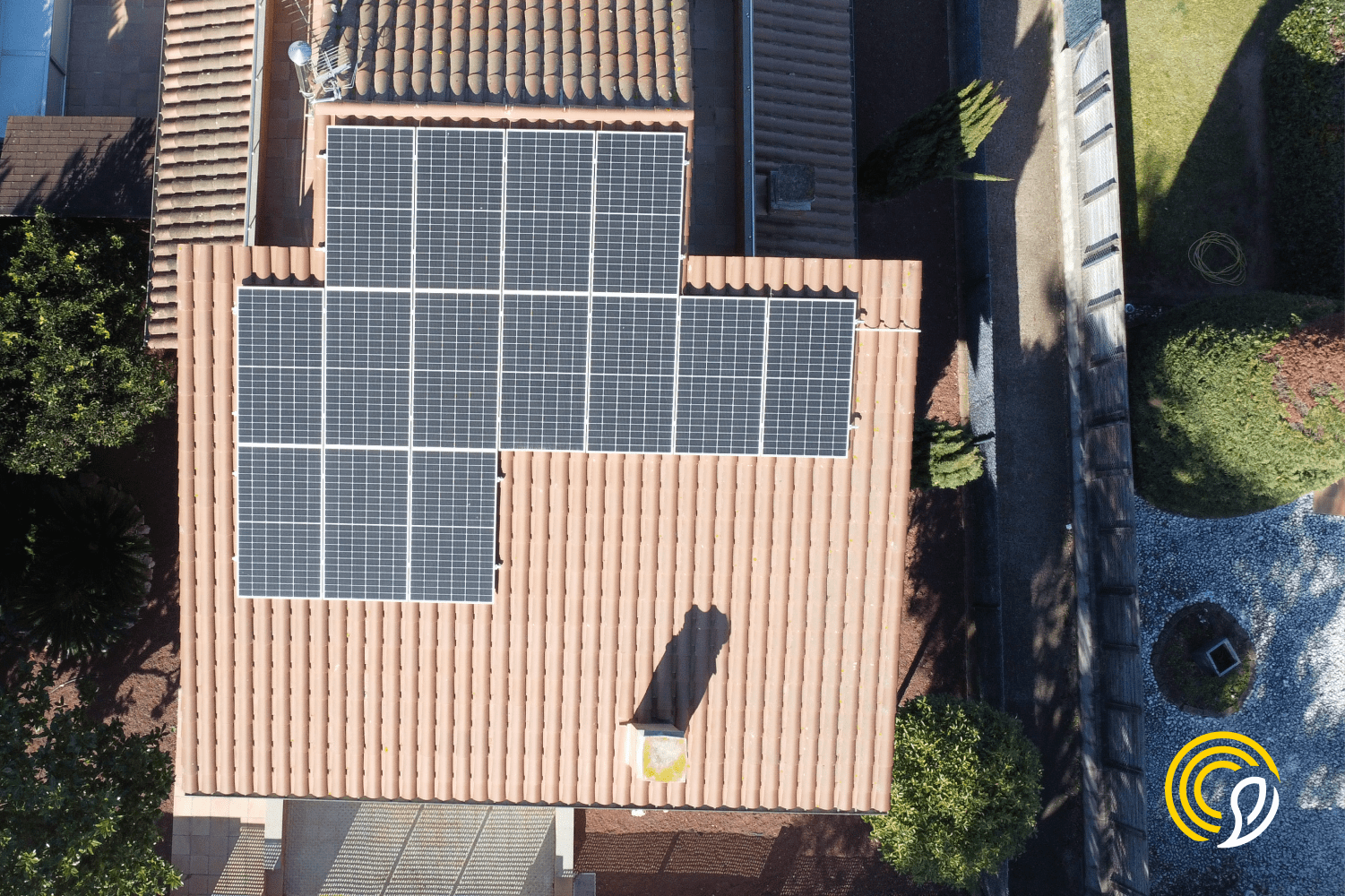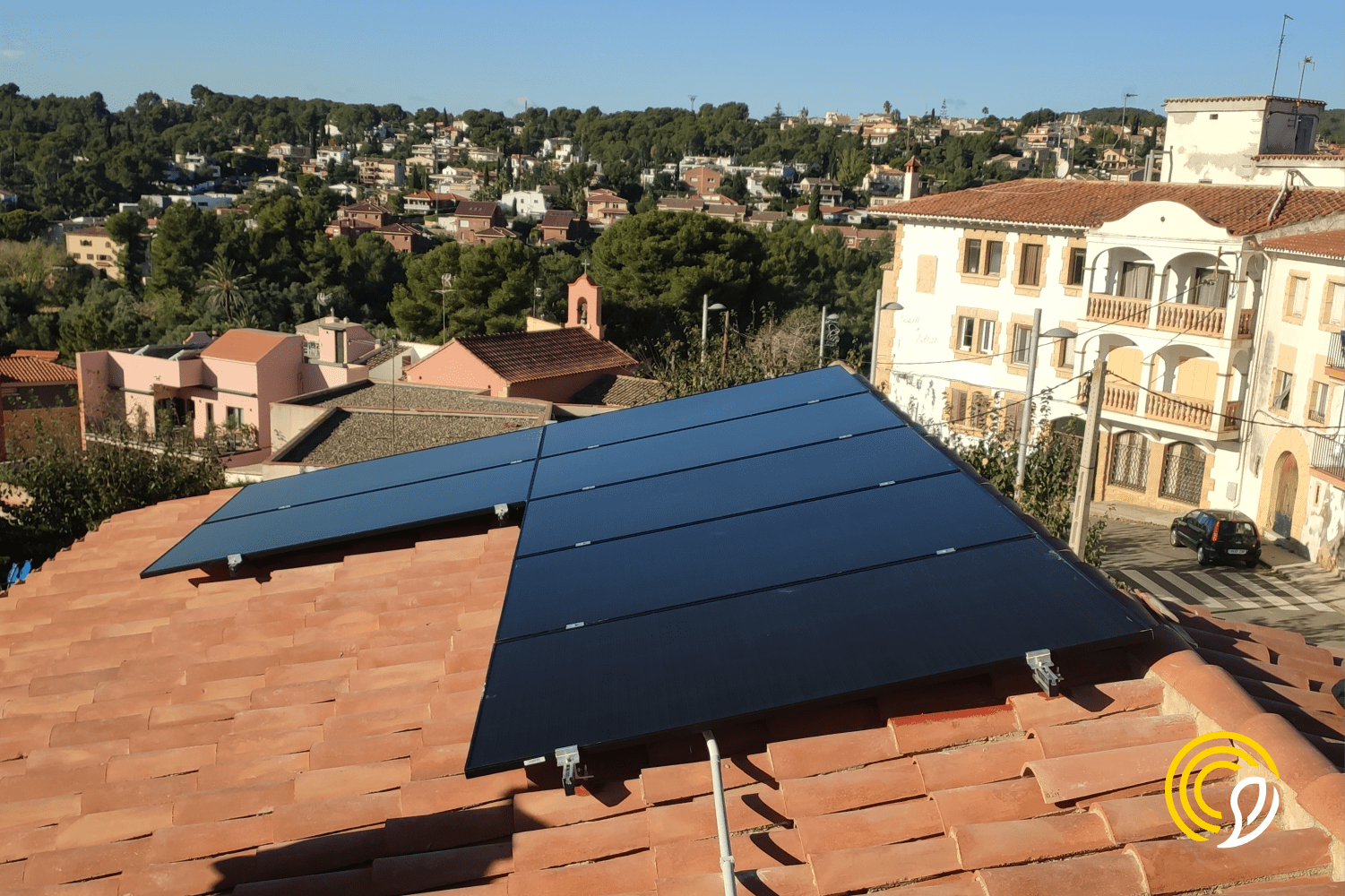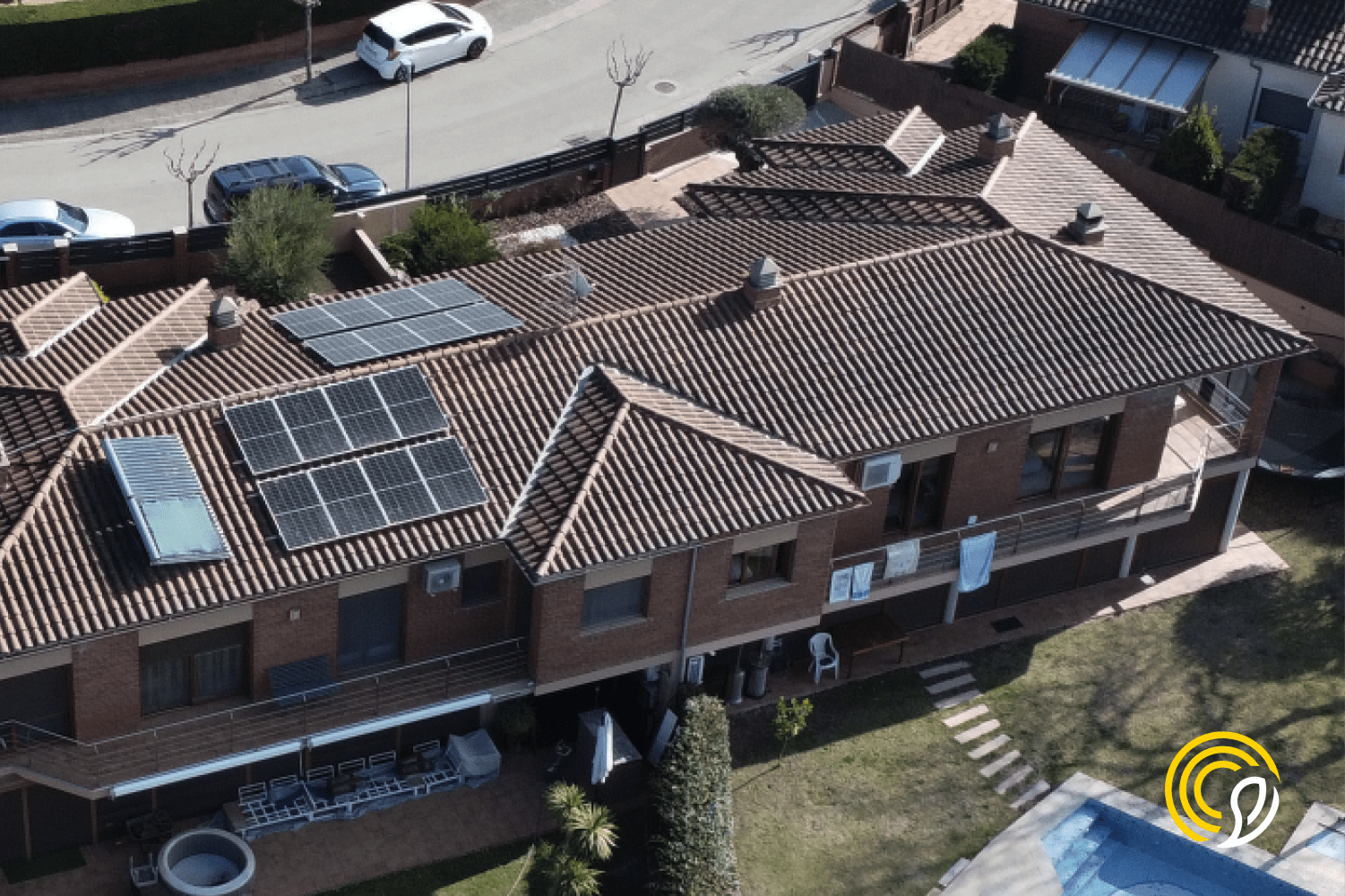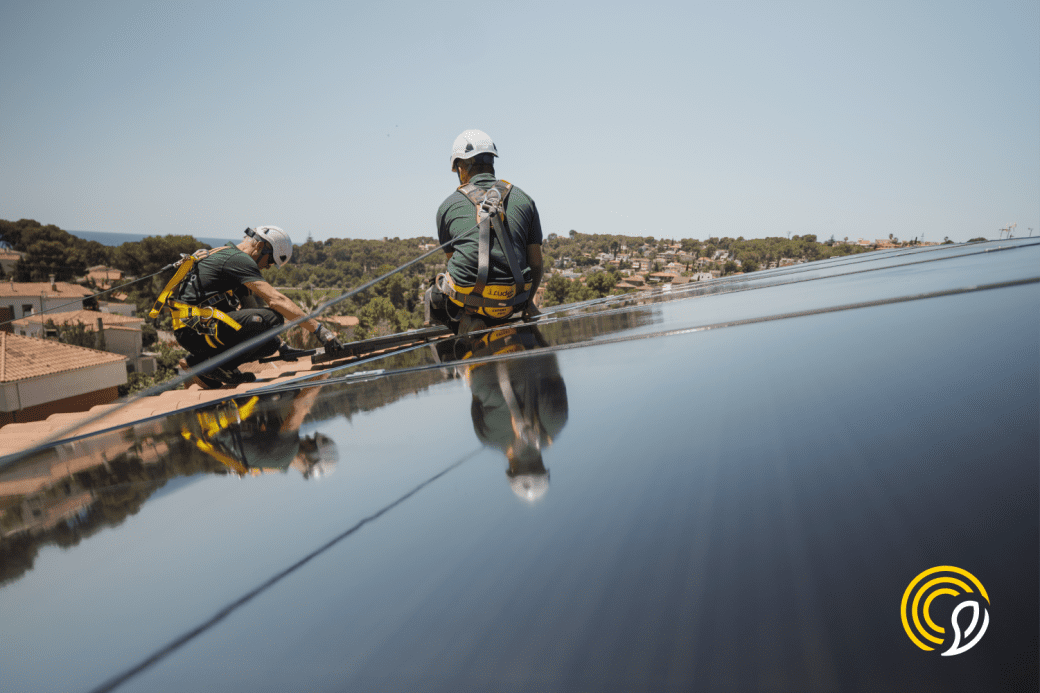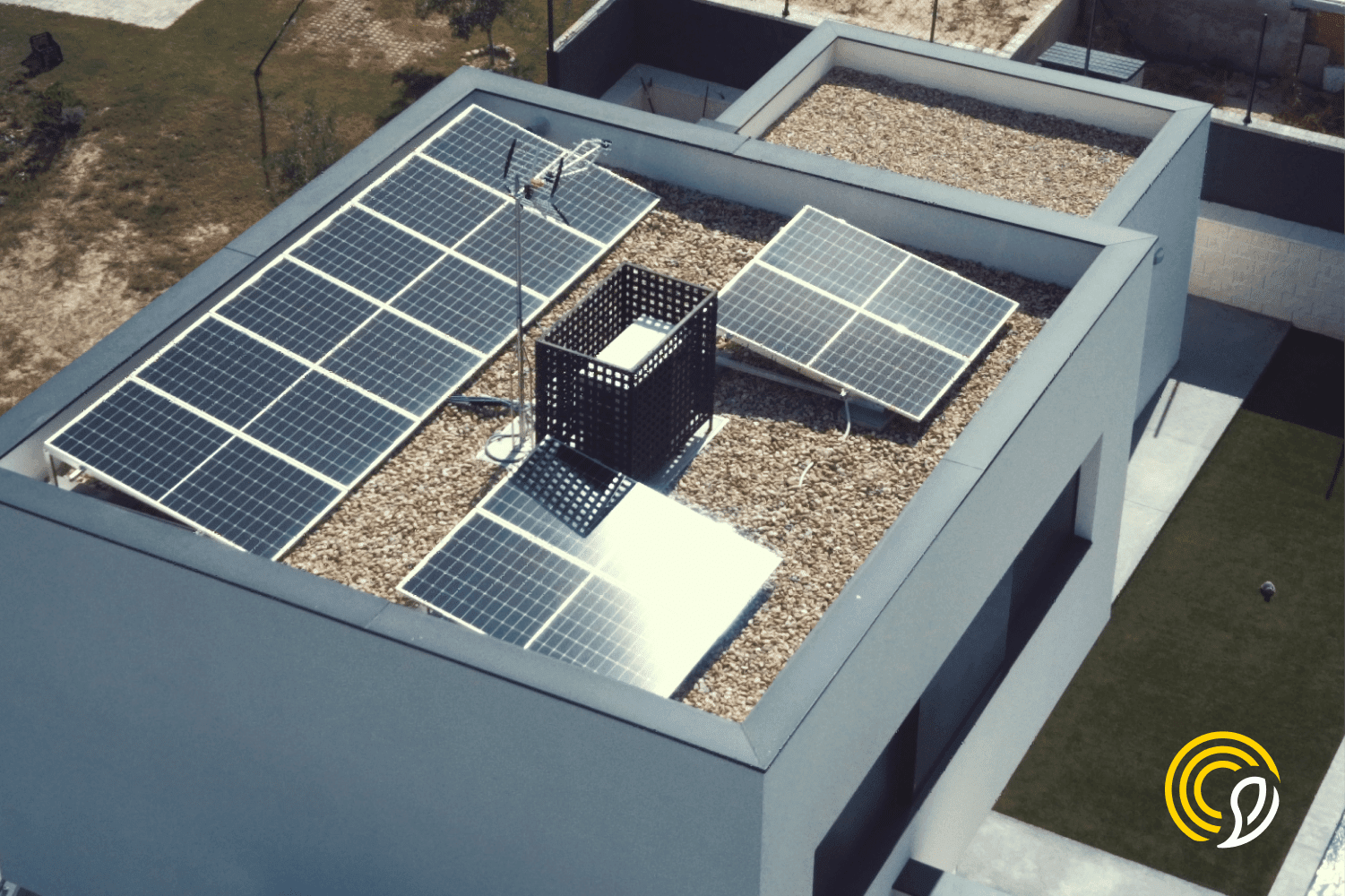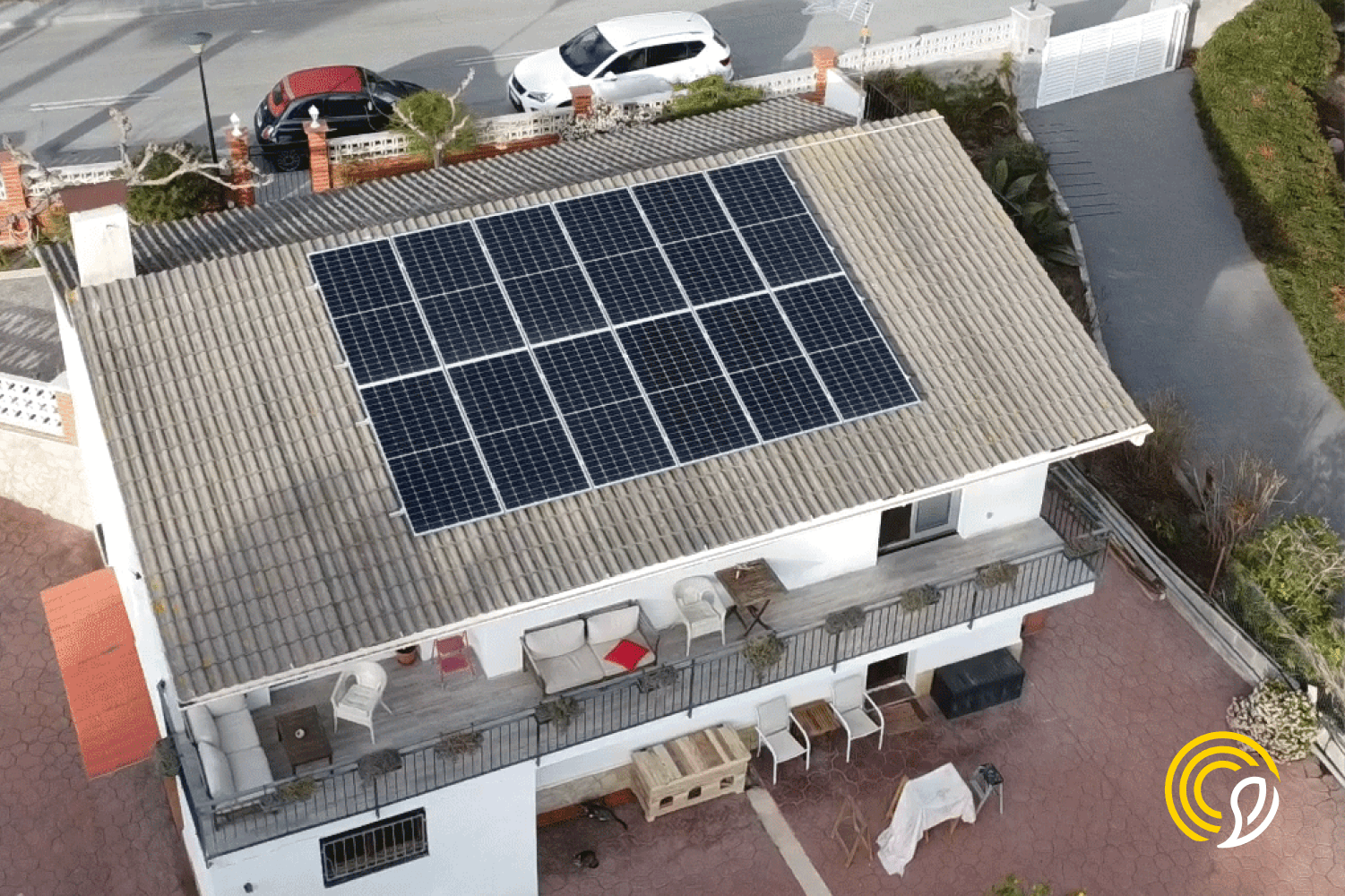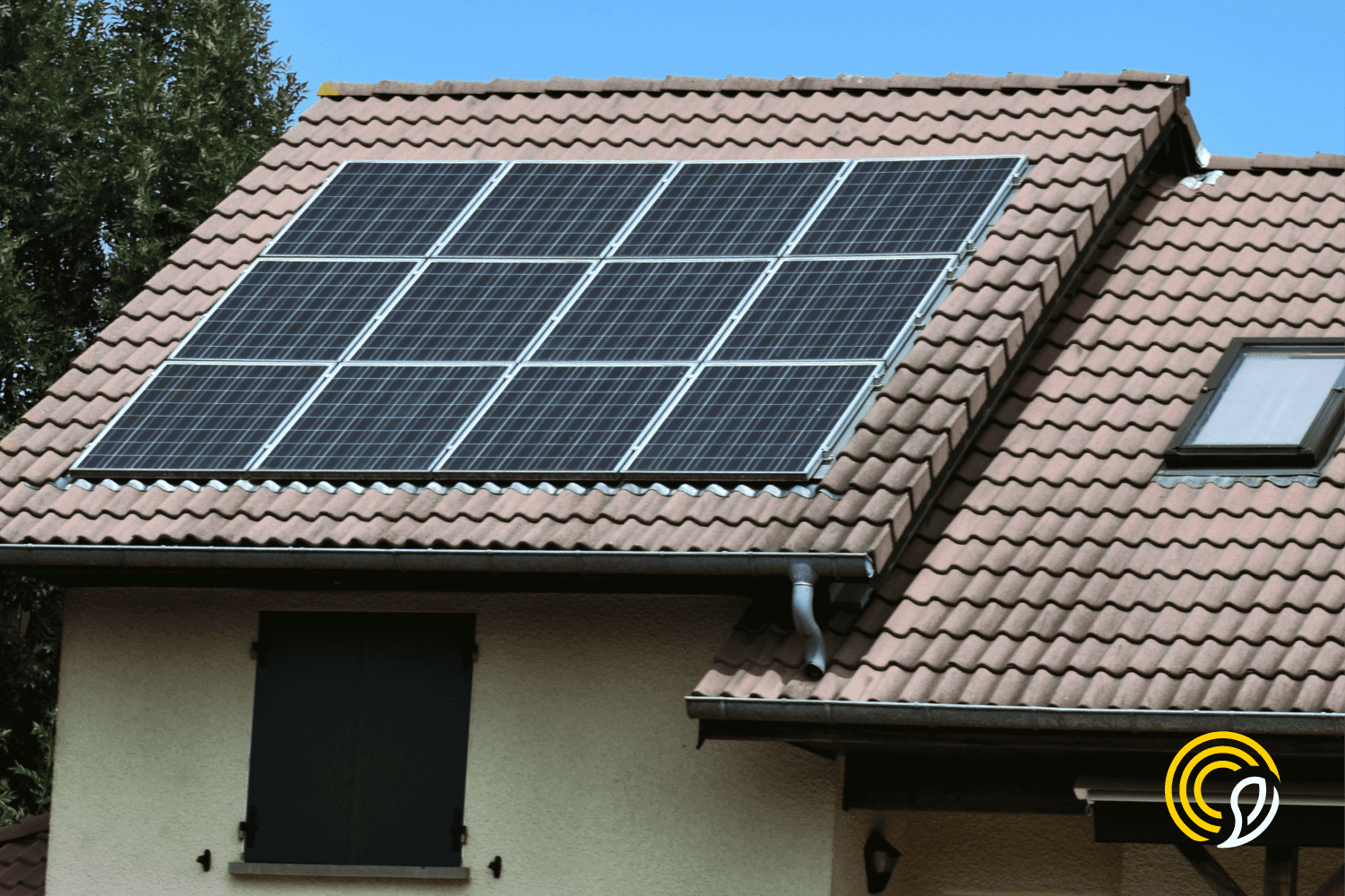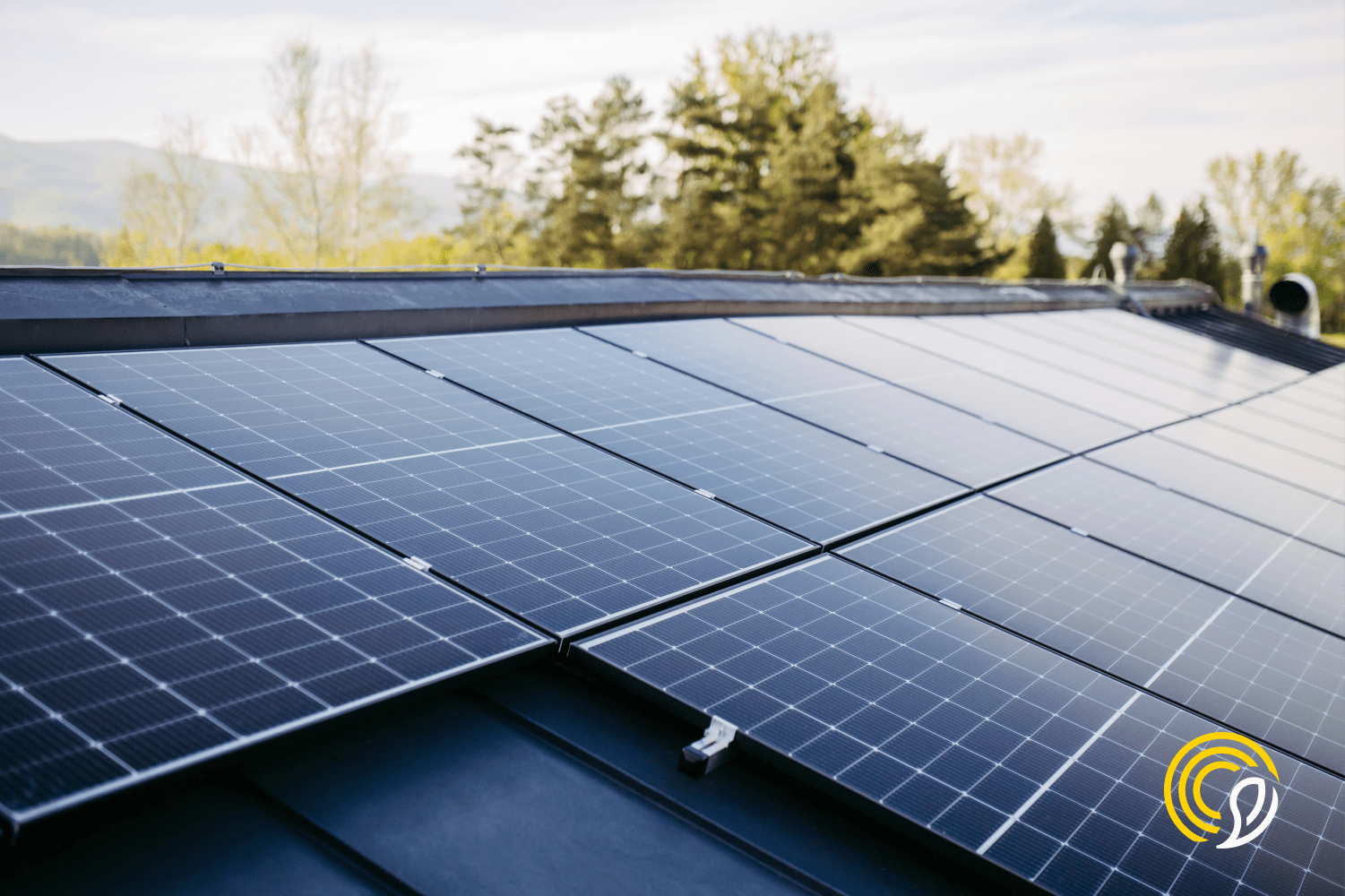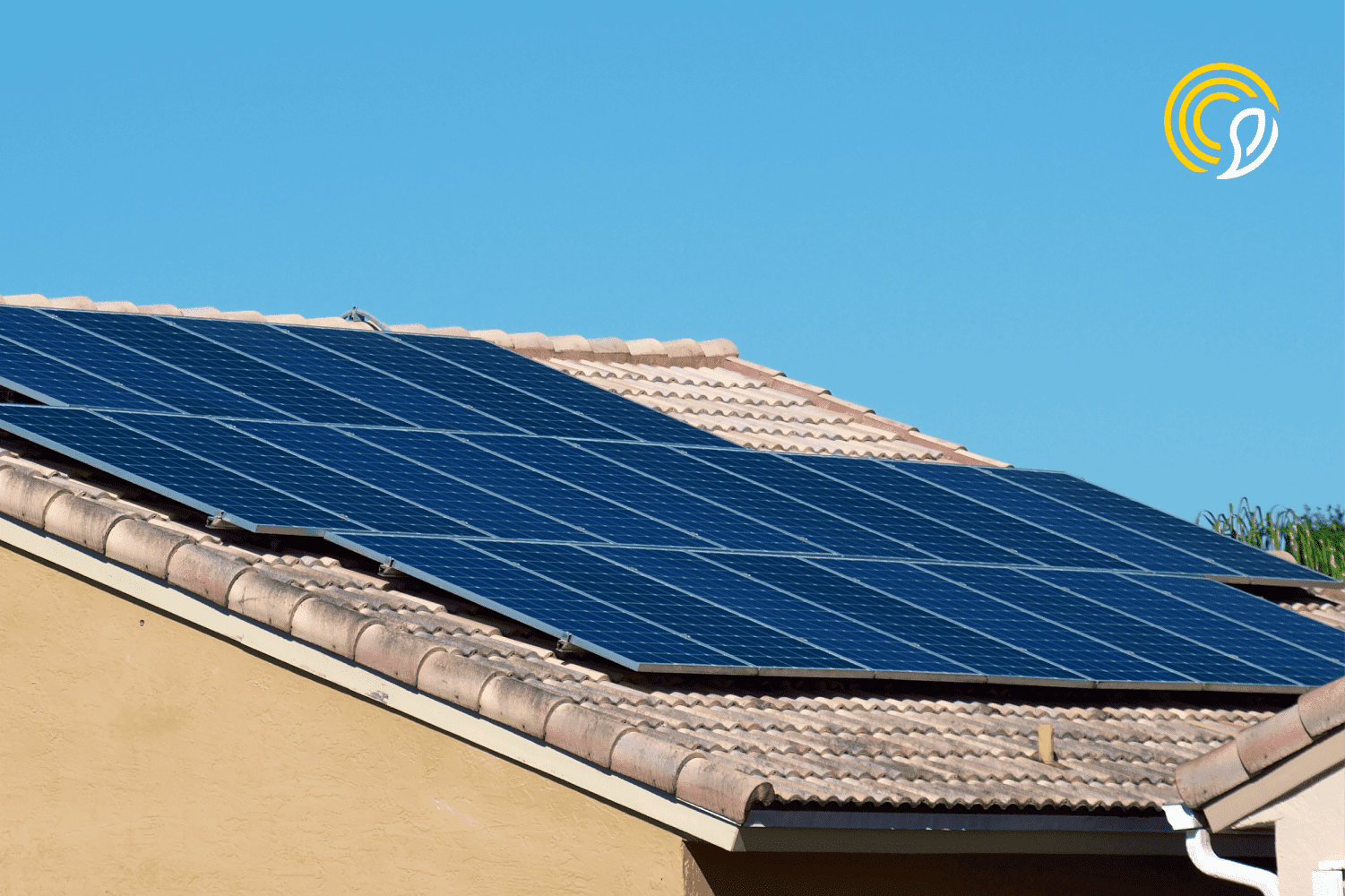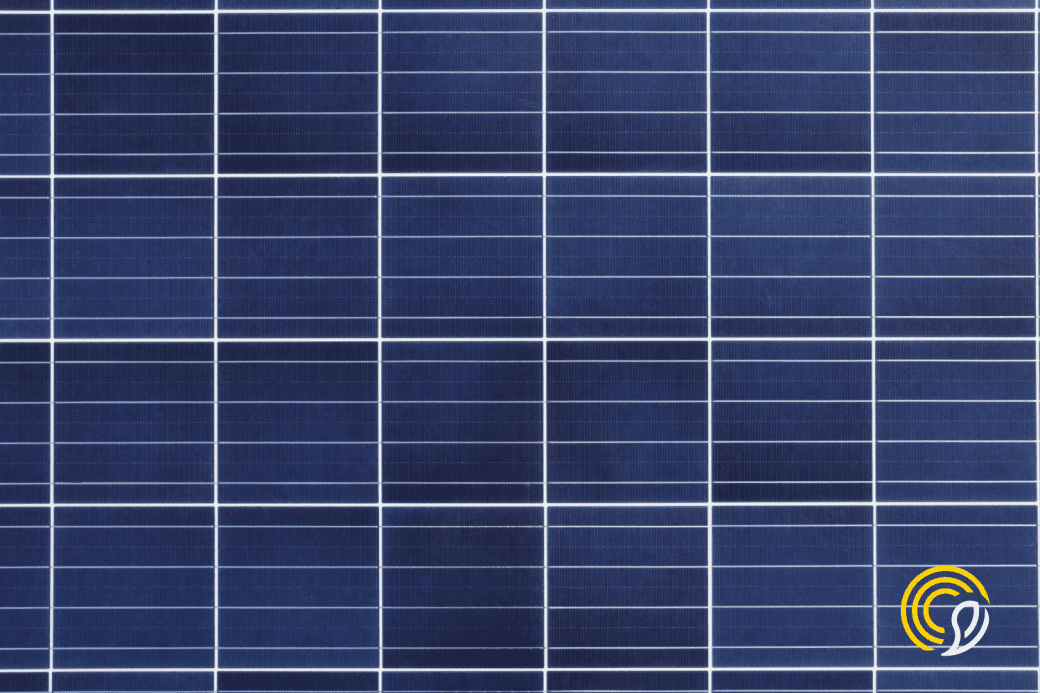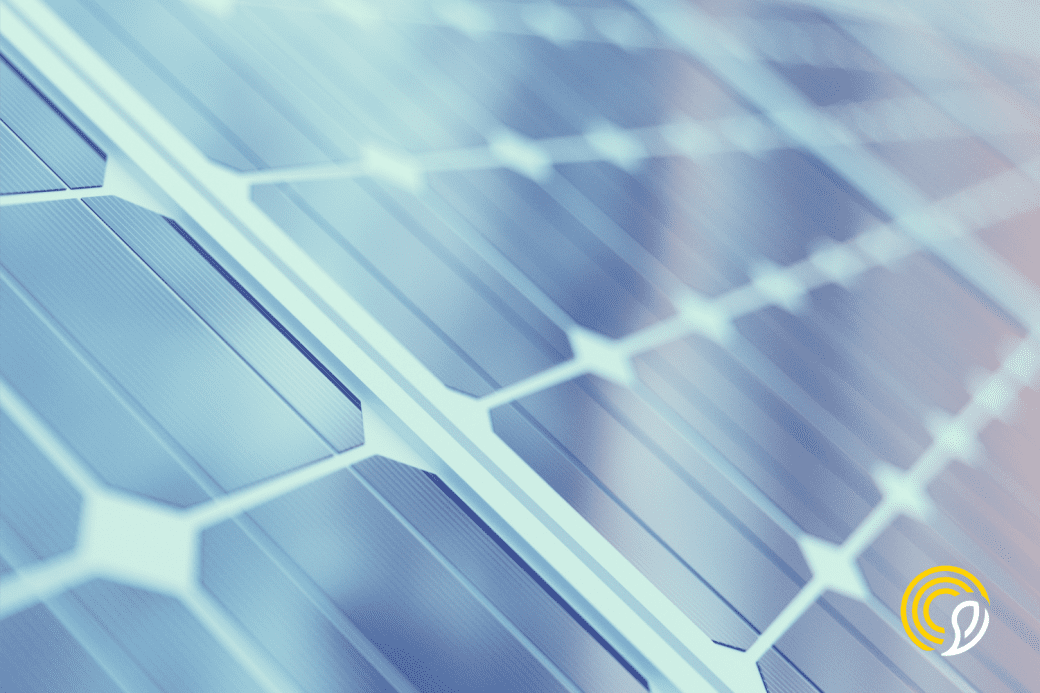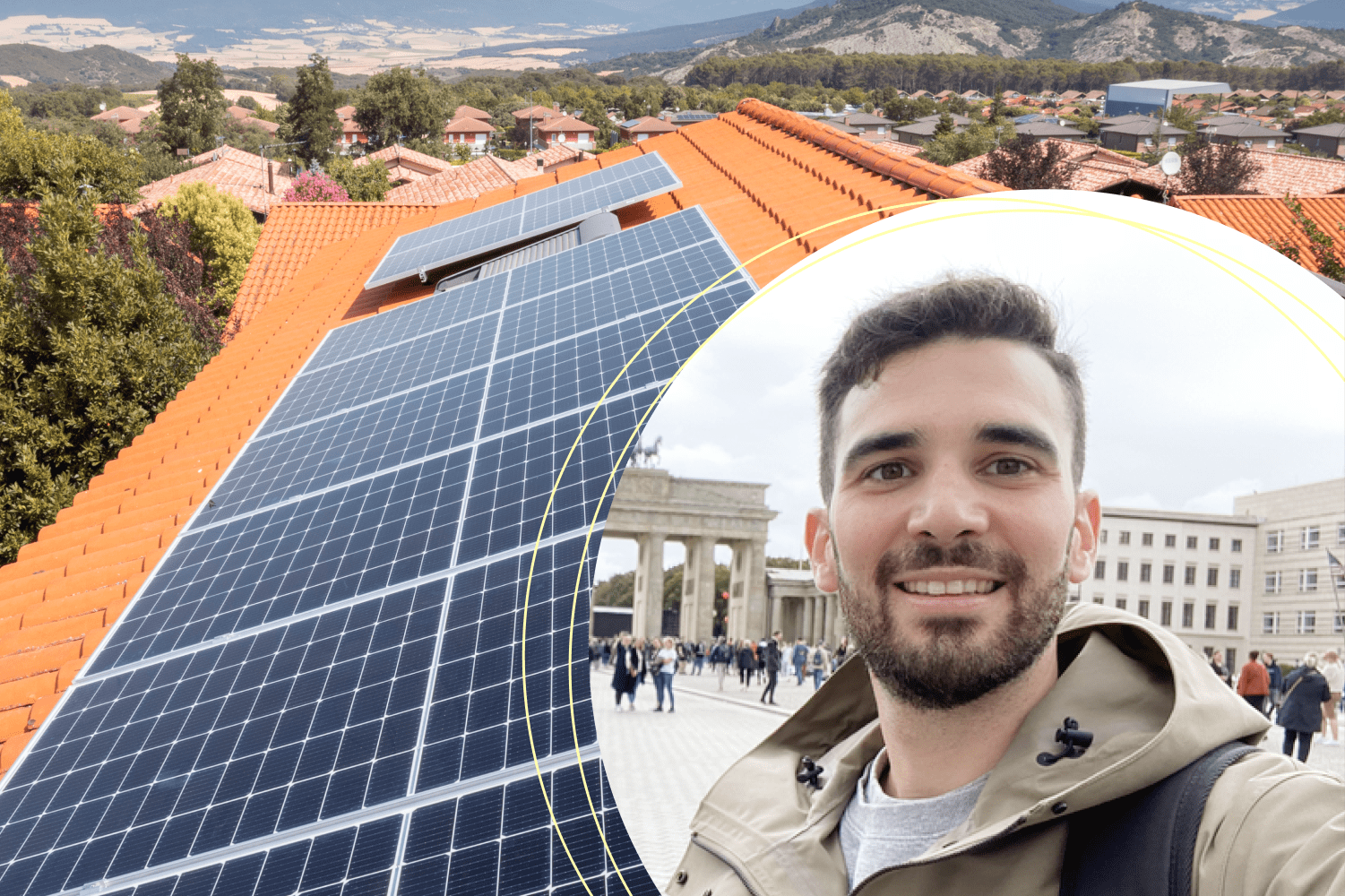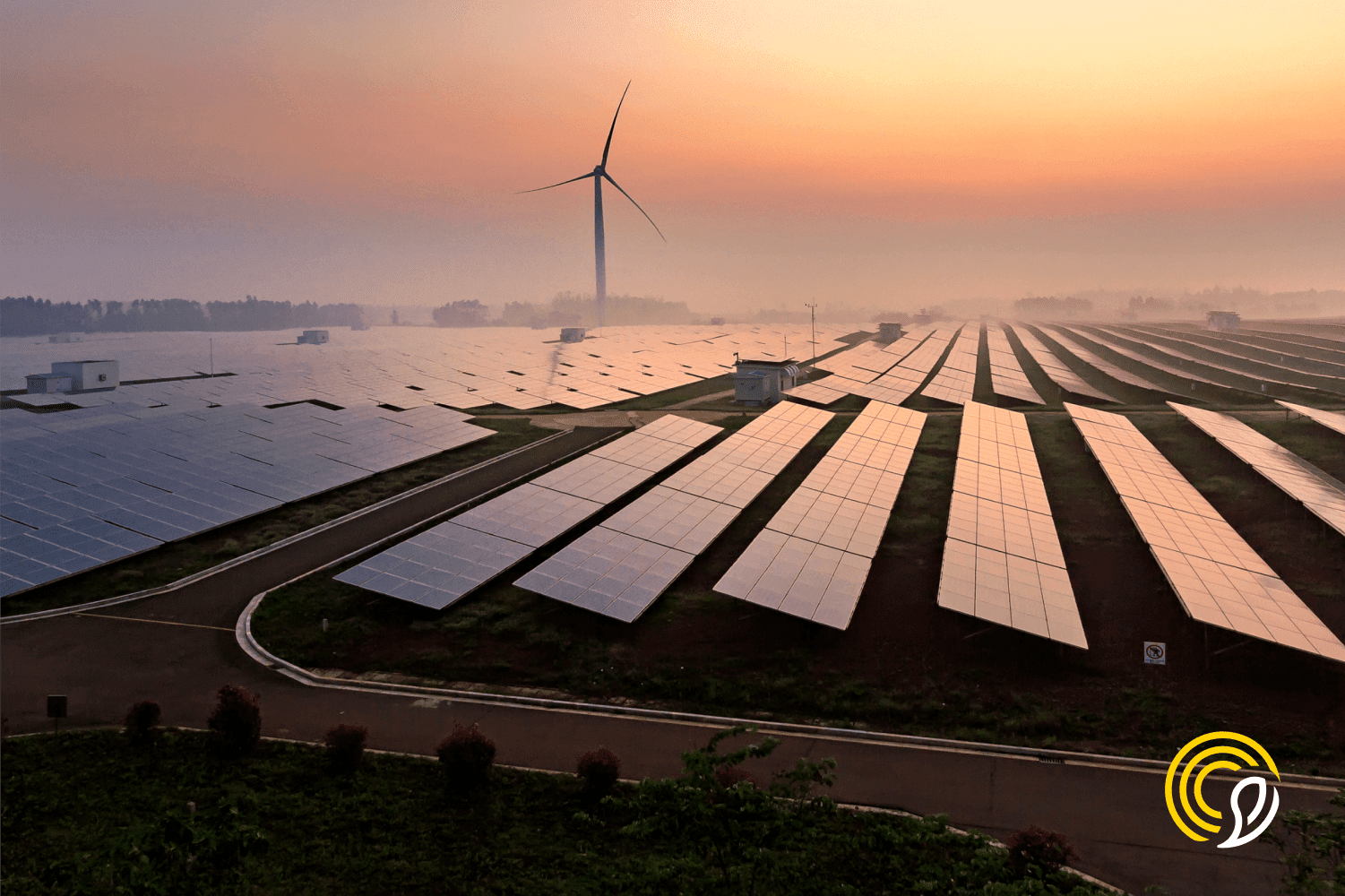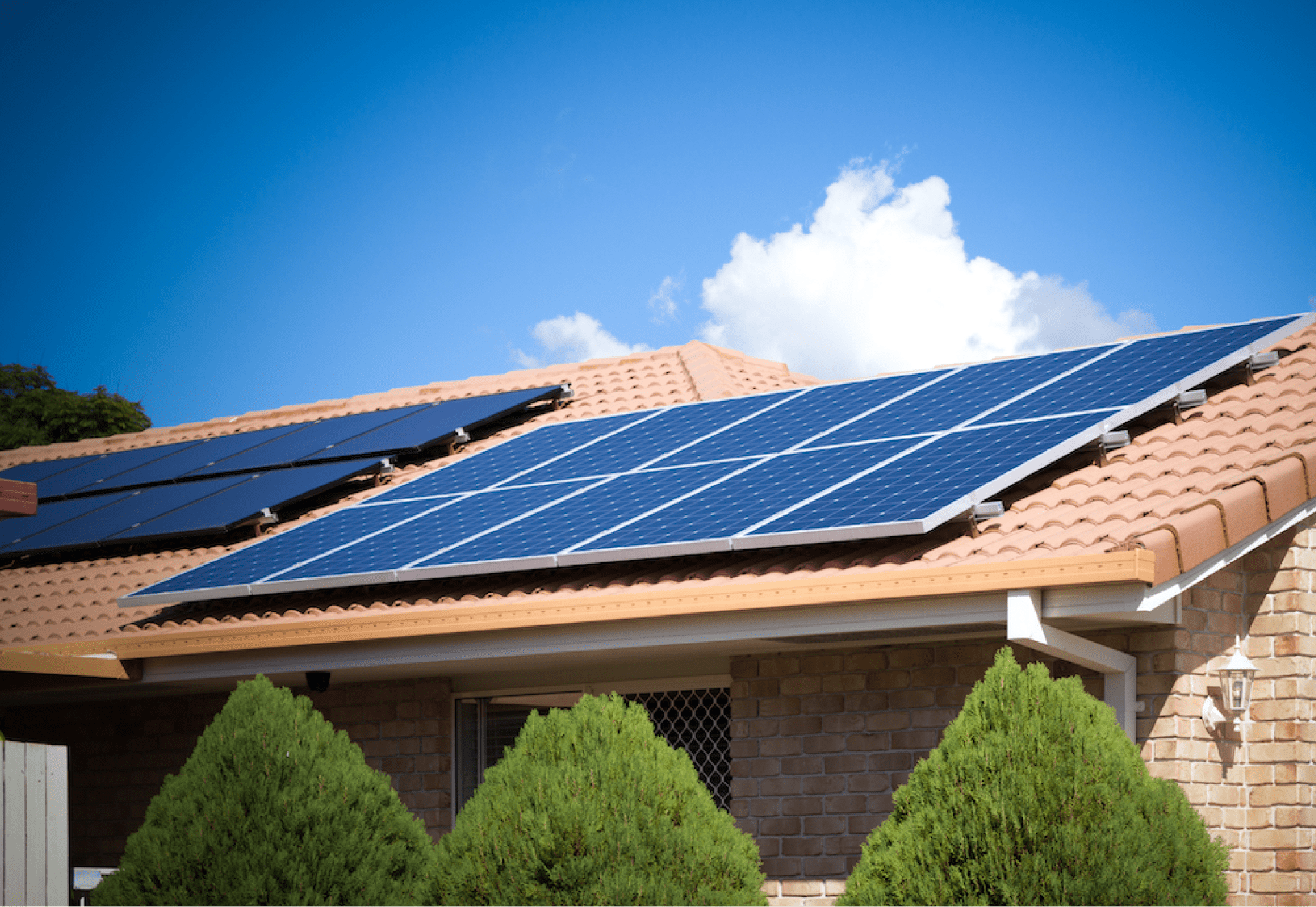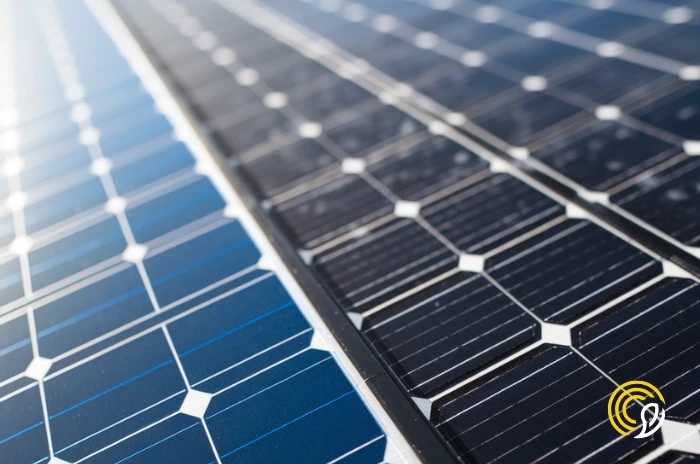
Monocrystalline and Polycrystalline Solar Panels: 🔑 Differences

Growth Specialist at Sunhero, passionate about solar energy since installing panels in her home.
11/11/2024
3 min read
Table of Contents
Monocrystalline and polycrystalline solar panels are the two most common options on the market today. Below, we explore their key differences, including aspects such as durability, recommended applications, specific examples, and the latest product innovations this year.
1. Efficiency and Performance
- Monocrystalline: Made from a single silicon crystal, monocrystalline panels generally achieve higher efficiency, typically between 20% and 22%, due to their pure structure. This type of panel is ideal for maximising energy production in limited spaces, such as residential or urban rooftops.
- Polycrystalline: These panels are made from multiple fragments of melted silicon, resulting in slightly lower efficiency, usually between 15% and 18%. However, their lower cost makes them an economically viable option for large-scale projects where space is not a constraint.
2. Durability and Warranty
- Monocrystalline: Since they are made from a single crystal, monocrystalline panels tend to be more durable and withstand higher temperatures, maintaining stable performance. Most manufacturers offer performance warranties of 25 to 30 years for these panels.
- Polycrystalline: While also durable, polycrystalline panels typically offer warranties of 20 to 25 years due to their multi-crystalline structure, which makes them slightly less resistant to wear and tear than monocrystalline options.
3. Recommended Use by Application
- Monocrystalline: These panels are ideal for limited-space areas where high efficiency and greater energy output are needed, such as residential or urban applications.
- Polycrystalline: Perfect for large-scale projects with tighter budgets, such as solar farms, polycrystalline panels offer a balanced solution between cost and efficiency.
4. Panel Examples and Performance Comparison
Below are examples of monocrystalline and polycrystalline panels with their respective performance and warranty characteristics:
| Panel Type | Model | Efficiency | Warranty |
|---|---|---|---|
| Monocrystalline | AIKO 450W Full Black | Up to 20% | 25-30 years |
| Monocrystalline | JA Solar 505 W | Up to 21% | 25-30 years |
| Polycrystalline | AIKO 605 W | Around 18% | 20-25 years |
| Polycrystalline | JA Solar 565 W | Around 17% | 20-25 years |
Explore the range of solar panel models we install at Sunhero. If you want to discover how much you could save and the approximate cost of your installation, our solar calculator provides all this information for free in under a minute.
Market Innovations
This year has seen significant advancements in monocrystalline and polycrystalline solar panel technologies. Improvements in efficiency, adoption of bifacial technologies, and architectural integration have expanded the applications and economic viability of solar energy, solidifying it as a key option in the transition to more sustainable energy sources.
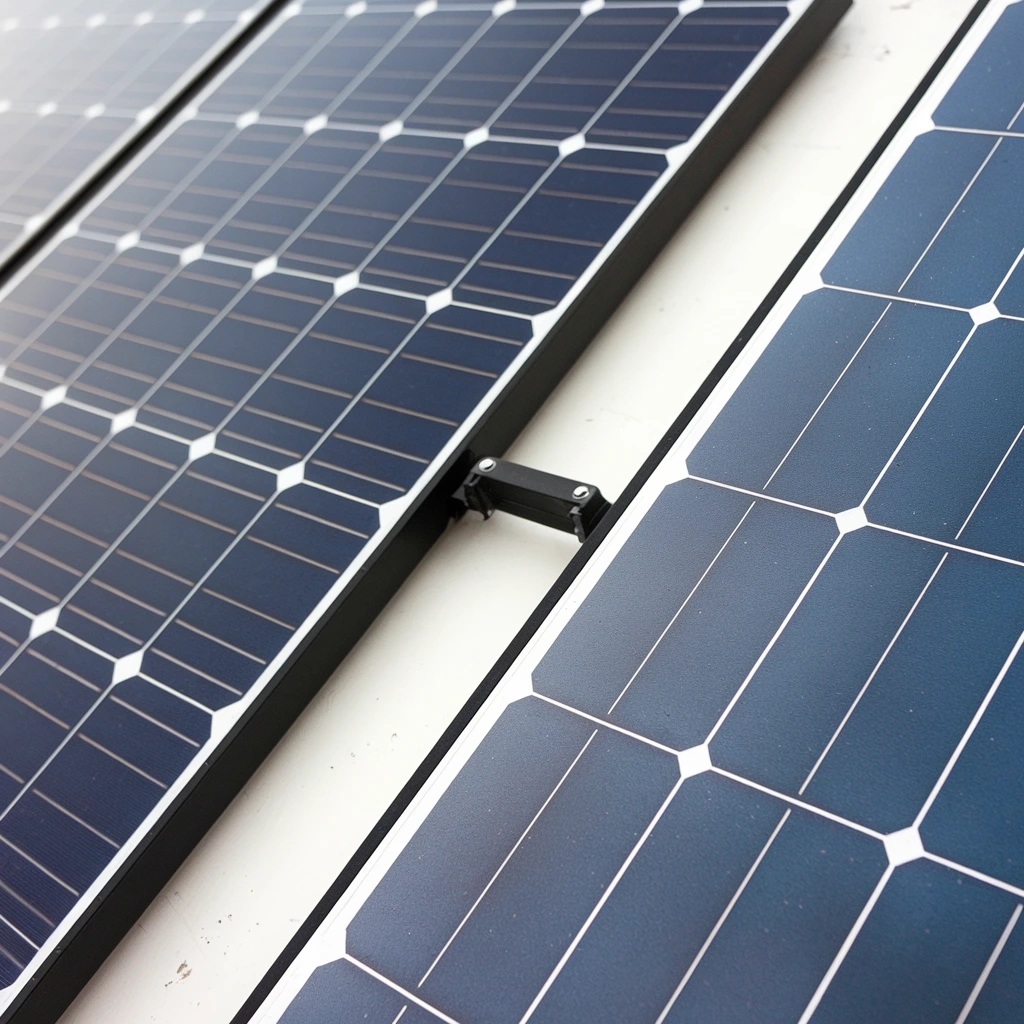
- Bifacial Technology: Monocrystalline panels have seen a trend towards bifacial technology, enabling the capture of sunlight on both sides of the panel and increasing energy production by up to 25%.
- Polycrystalline Improvements: While polycrystalline panels have slightly lower efficiency, they remain a viable choice for large-scale projects due to their more accessible cost. Enhancements in silicon purity and manufacturing techniques have increased their efficiency to up to 18%.
- Perovskite Solar Cells: A notable trend in 2024 is the adoption of perovskite solar cell technologies, which, when combined with silicon cells, have achieved efficiencies above 33% in laboratory settings. This innovation promises to revolutionise the market by offering more efficient and potentially cost-effective panels.
- Building-Integrated Photovoltaics (BIPV): BIPV, or integrating solar panels into building materials, has also gained popularity. This technology allows solar panels to be incorporated directly into roofs, façades, and windows, optimising space usage and enhancing the aesthetics of buildings.
At Sunhero, a leading name in solar energy in Spain, we are dedicated to informing and guiding our clients through every step of their energy transition. We take pride in providing solutions that meet the highest standards of quality and performance, tailoring each project to the unique needs and characteristics of our clients.
Conclusion
- Durability: Monocrystalline panels, made from a single silicon crystal, typically have a longer lifespan and can withstand higher temperatures, maintaining a stable performance. Polycrystalline panels, though also durable, are slightly more prone to wear over time due to their multi-crystalline structure.
- Application: Monocrystalline panels are ideal for smaller spaces requiring high efficiency, such as residential rooftops, while polycrystalline panels are better suited for larger-scale installations where cost-effectiveness is key, such as solar farms.
- Efficiency: With efficiencies of around 20-22%, monocrystalline panels outperform polycrystalline panels, which typically range from 15-18% efficiency. This makes monocrystalline panels the best choice when maximising output per square metre is essential.
- Energy Production: Monocrystalline panels generally provide more energy over time, especially in limited spaces, making them ideal for urban settings or high-demand applications. Polycrystalline panels remain a reliable, cost-effective option for broader installations with sufficient space.
At Sunhero, we offer expertise and guidance on the best solar panel choices tailored to your specific needs, ensuring your investment in solar energy yields long-term benefits.
Start today!
Fill out our free solar calculator and get a custom quotation
